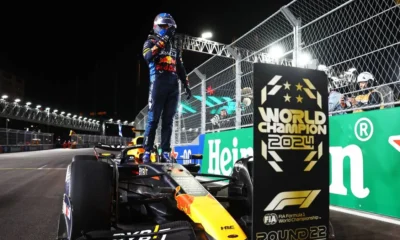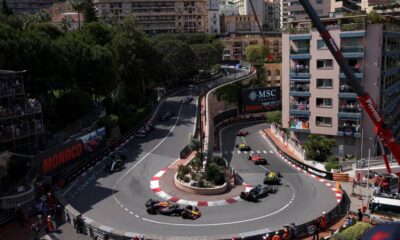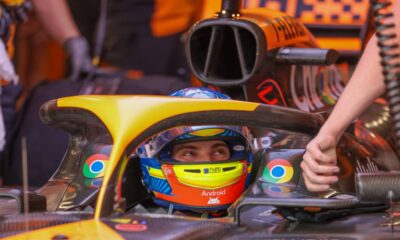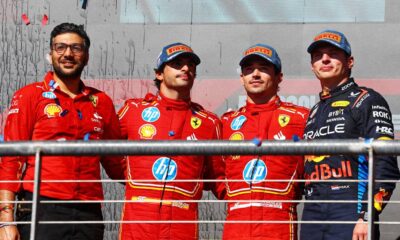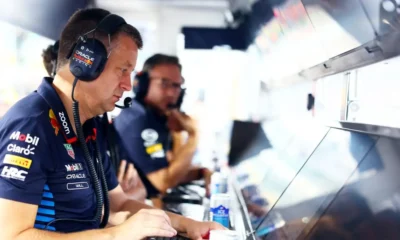Motorsport
Another problem for Williams! Sargeant shot up his formula in the first practice. What do we know after what happened in Japan on Friday?
Friday morning saw the start of the fourth race of this year’s Formula 1 season, namely the Japanese Grand Prix. We’ve had two free practice sessions, with the most insights coming from the first one. Williams driver Logan Sargeant has suffered a serious accident.
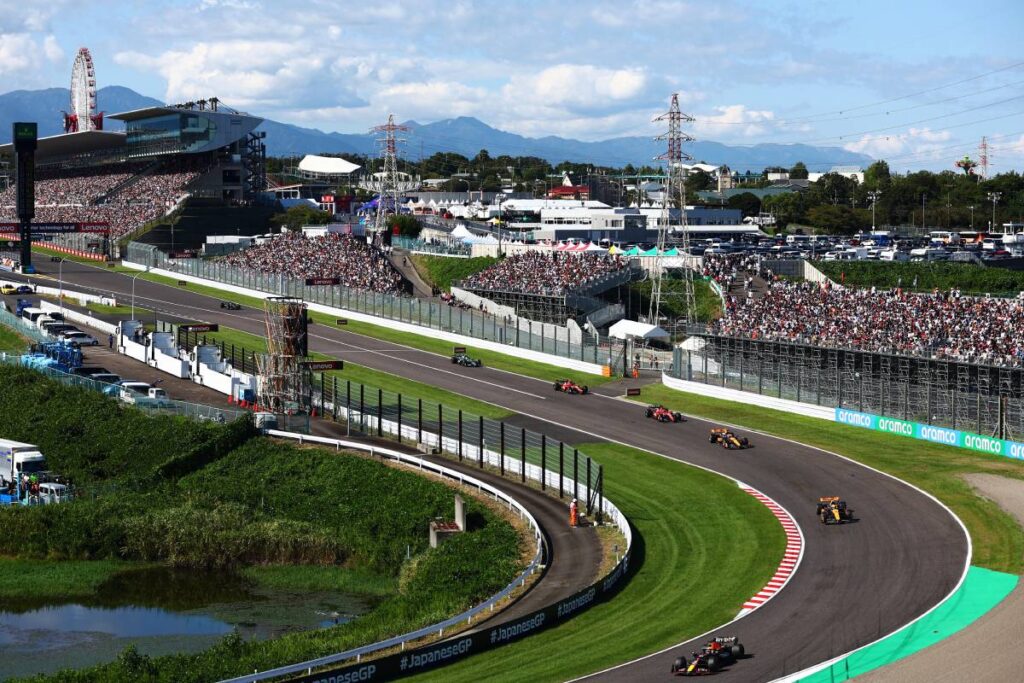
Friday morning saw the start of the fourth race of this year’s Formula 1 season, namely the Japanese Grand Prix. We’ve had two free practice sessions, with the most insights coming from the first one. Williams driver Logan Sargeant has suffered a serious accident.
The Formula One drivers and teams have had two free practice sessions for the Japanese Grand Prix. It has to be said, big upgrades were brought to Suzuka, Japan, by Aston Martin, who upgraded the floor, side panels, diffuser, rear wing and engine cover.
Red Bull and Ferrari and Mercedes also brought improvements, although the latter two teams’ modifications were more of a minor nature.
The Sargeant has given it a good shot
During the first practice session, the teams were naturally trying out the set-up of their monoblocs for the rest of the race weekend. However, it was the red flags that disrupted FP1. Logan Sargeant crashed at Dunlop corner.
The American failed to keep the car on the race track, his right side hitting the grass and subsequently shooting it up. It’s another problem for the Williams team. After Albon’s FP1 accident in Australia, Williams repaired the chassis and the main goal was not to crash seriously.
This was not achieved, but fortunately for Williams the repaired chassis held up in the Sargeant accident. In fact, it is the 23-year-old pilot who is piloting the car with the repaired chassis in Japan. Sargeant didn’t start the second practice session, Williams mechanics continue to work on repairing the monocoque for the start of the third practice session.
It should also be noted, however, that this is not the only Williams that has not brought a spare chassis to Japan. Indeed, Alpine boss Bruno Famin has confirmed that his team also has no alternative at Suzuka.
Expert Jeppe H. Olesen then claims that the new chassis will take around 300 to 500 hours of work to build and cost around 1.1 million euros. This is a significant hit to the teams’ budget ceiling. So it’s not just Williams that is counting on not needing a replacement chassis so soon (for example, in the next two upcoming grand prix) and instead concentrating all its efforts into further upgrades.
It’s simply a matter of risk/reward and the teams have decided that it is the potential gain that outweighs the risk. For more important information towards the race weekend in Japan, check out the preview on Motorsport’s YouTube channel.
FP1 & FP2
Other changes were also made at Suzuka with regards to the technical aspect of each team. In fact, Lewis Hamilton, Sergio Pérez, Júki Cunoda and Esteban Ocon were given new power units.
In any case, as far as the results from the first practice session are concerned, Max Verstappen was the winner with a time of 1:30.056. Sergio Pérez was right behind him, less than two tenths of a second behind. Carlos Sainz was third, George Russell fourth and Lewis Hamilton rounded out the elite five.
Once again, though, it should be added that the FP1 drivers and teams were testing technique and, in short, set-up for the Japanese Grand Prix. Hamilton, however, described the first practice session at Suzuka as the best so far in the current Formula 1 season in terms of handling.
In the second practice session (FP2), it was very rainy and the drivers didn’t get out on track much. The teams did not gather as much data during both practice sessions, making Sunday’s race potentially very interesting. And not just in terms of strategies.
In particular, the teams that brought relevant upgrades to Japan needed to test as much as possible just for the sake of data collection. The drivers, on the other hand, at least saved dry tyres, towards the big prize, so they have a bit more choice.
This in turn may encourage a variety of strategies just for the race, where the latest reports suggest it shouldn’t rain. In fact, the current forecast is that it should always rain in Japan before and after the race action.
And as for the results from the second practice session? Oscar Piastri was the winner with a time of 1:34.725, with Hamilton second, half a second behind, Charles Leclerc third, Cunoda fourth and the still-struggling Daniel Ricciardo fifth.
Source: F1, X

